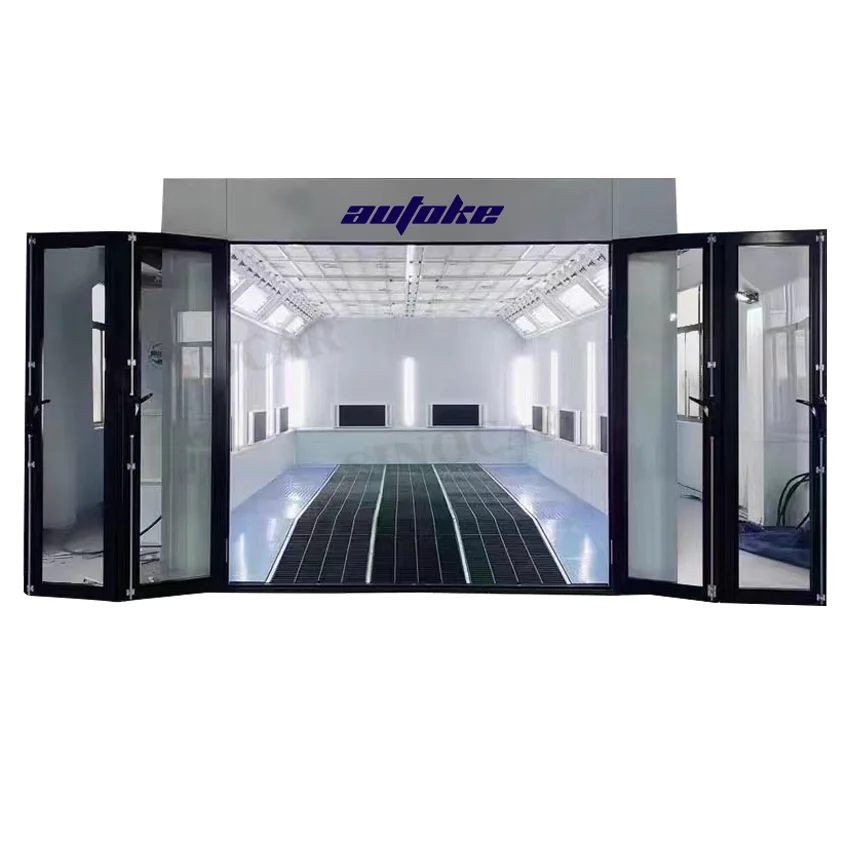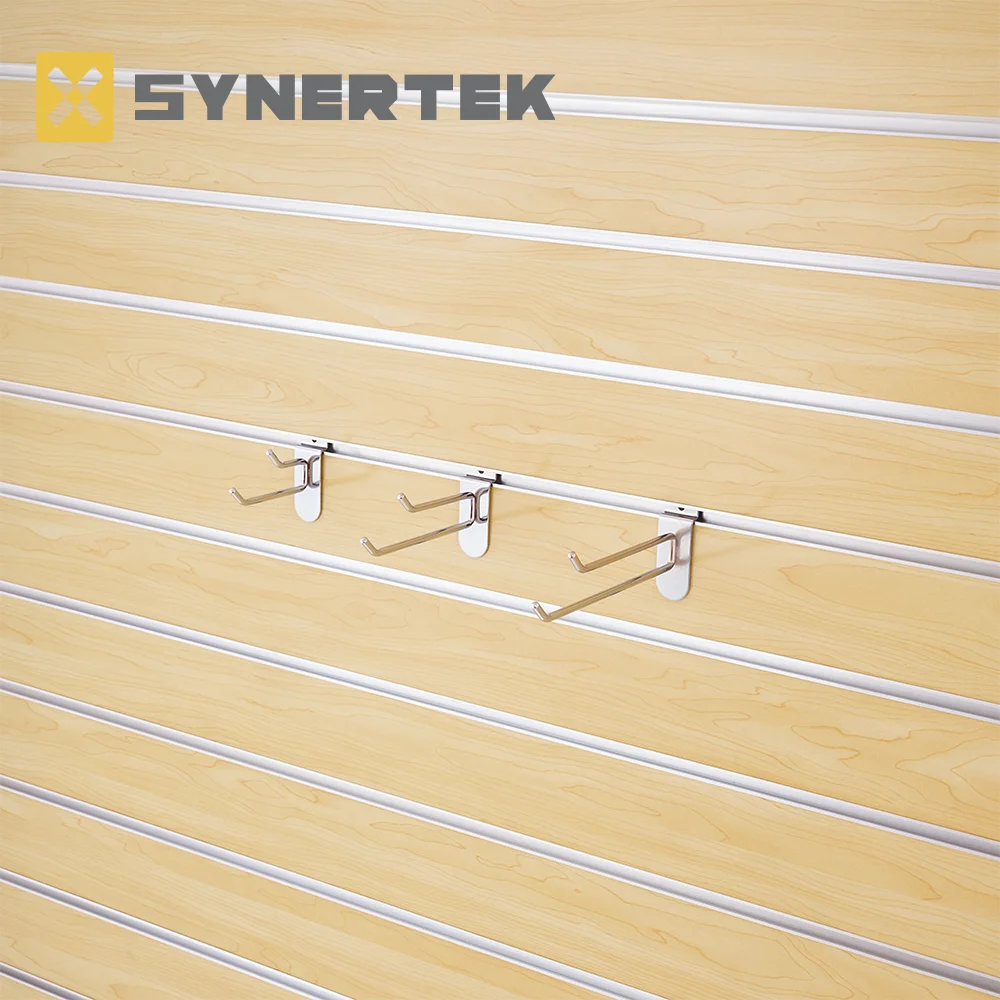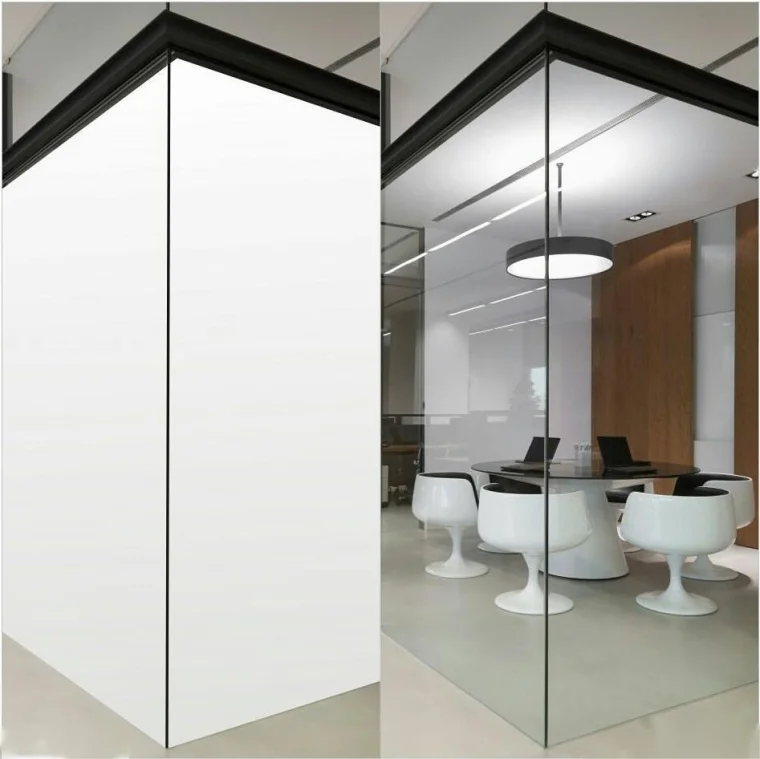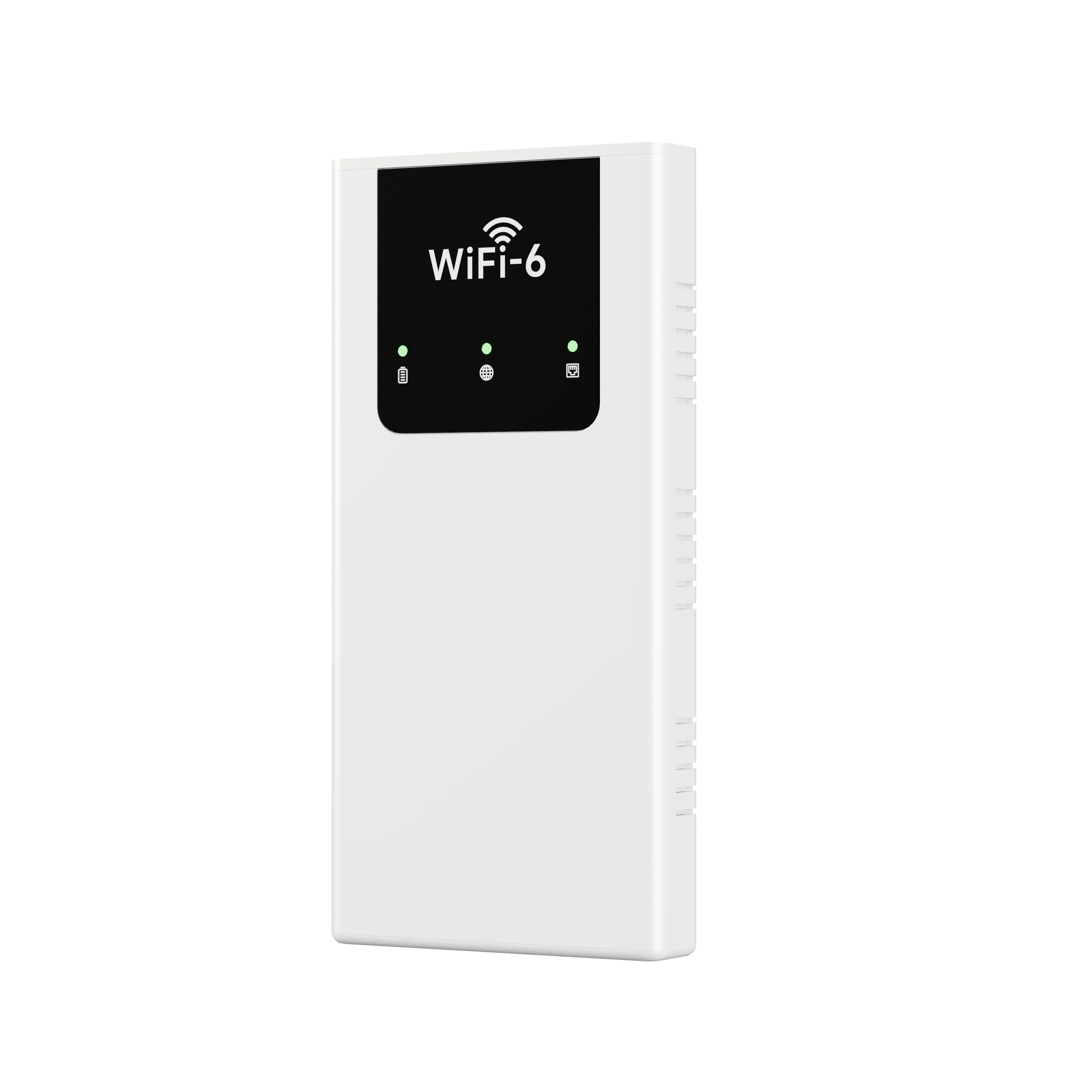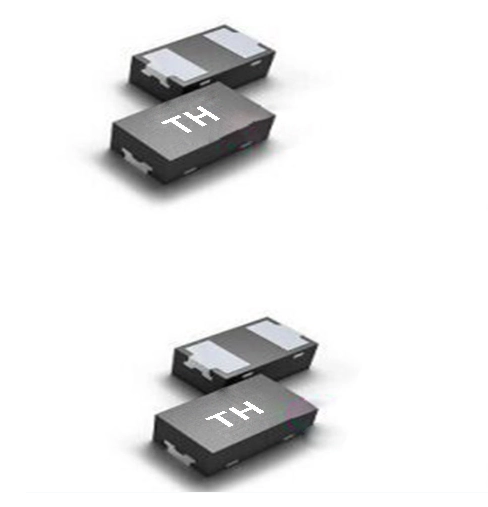When businesses consider packaging solutions, one of the most frequently asked questions is, Is corrugated board expensive? This inquiry often arises from a desire to balance cost with quality, sustainability, and functionality. In this article, we will delve into the various factors that influence the cost of corrugated board, its value proposition, and how it compares to alternative packaging materials.
Understanding Corrugated Board
Corrugated board is a versatile packaging material composed of a fluted corrugated sheet sandwiched between two liners. This structure provides strength, durability, and lightweight properties, making it an ideal choice for shipping and storage. The production of corrugated board involves several processes, including the sourcing of raw materials, manufacturing, and transportation, all of which contribute to its overall cost.
Factors Influencing the Cost of Corrugated Board
- Raw Material Prices: The primary raw material for corrugated board is paper, which is derived from wood pulp. Fluctuations in the price of timber, energy costs, and recycling rates can significantly impact the cost of raw materials. For instance, a surge in demand for sustainable packaging has led to increased prices for recycled paper, which can affect the overall cost of corrugated board.
- Manufacturing Processes: The complexity of the manufacturing process also plays a crucial role in determining the price. High-quality corrugated board often requires advanced technology and machinery, which can increase production costs. Additionally, custom designs, such as unique shapes or sizes, may incur extra charges due to the need for specialized equipment.
- Volume and Order Size: Economies of scale are essential in the corrugated board industry. Larger orders typically result in lower per-unit costs due to reduced setup times and bulk purchasing of raw materials. Conversely, smaller orders may lead to higher costs, making it essential for businesses to assess their packaging needs carefully.
- Transportation and Logistics: The cost of transporting corrugated board from manufacturers to end-users can vary significantly based on distance, fuel prices, and logistics efficiency. Companies located closer to production facilities may benefit from lower shipping costs, while those further away may face higher expenses.
- Market Demand and Trends: The demand for corrugated board can fluctuate based on market trends, such as the rise of e-commerce and the push for sustainable packaging solutions. Increased demand can lead to higher prices, while a decrease in demand may result in competitive pricing.
Value Proposition of Corrugated Board
While the question of whether corrugated board is expensive is valid, it is essential to consider its value proposition. Corrugated board offers several advantages that can justify its cost:
- Durability and Protection: Corrugated board provides excellent protection for products during transit, reducing the risk of damage and returns. This durability can save businesses money in the long run by minimizing losses associated with damaged goods.
- Sustainability: As consumers become more environmentally conscious, the demand for sustainable packaging solutions has increased. Corrugated board is recyclable and often made from recycled materials, making it an eco-friendly choice that can enhance a brand's reputation.
- Customization: The ability to customize corrugated board for branding and marketing purposes can add significant value. Eye-catching designs and logos can enhance product visibility and appeal, potentially leading to increased sales.
- Cost-Effectiveness: When considering the total cost of ownership, including shipping, storage, and product protection, corrugated board can be a cost-effective solution. Its lightweight nature can reduce shipping costs, and its stackability can optimize storage space.
Comparing Corrugated Board to Alternative Packaging Materials
To determine whether corrugated board is expensive, it is helpful to compare it with other packaging materials, such as plastic, wood, and metal.
- Plastic: While plastic packaging can be cheaper initially, it often lacks the protective qualities of corrugated board. Additionally, the environmental impact of plastic waste is a growing concern, which can affect consumer perception and brand loyalty.
- Wood: Wooden crates and pallets can provide excellent protection but are often more expensive and heavier than corrugated board. The cost of sourcing and transporting wood can also be higher, making corrugated board a more economical choice for many businesses.
- Metal: Metal packaging offers durability but is typically the most expensive option. It is also heavier, which can increase shipping costs. For many applications, corrugated board strikes a better balance between cost and performance.
Conclusion
In conclusion, the question of whether corrugated board is expensive cannot be answered with a simple yes or no. The cost of corrugated board is influenced by various factors, including raw material prices, manufacturing processes, order size, transportation, and market demand. However, when considering its durability, sustainability, customization options, and overall cost-effectiveness, corrugated board often represents a valuable investment for businesses seeking reliable packaging solutions.
